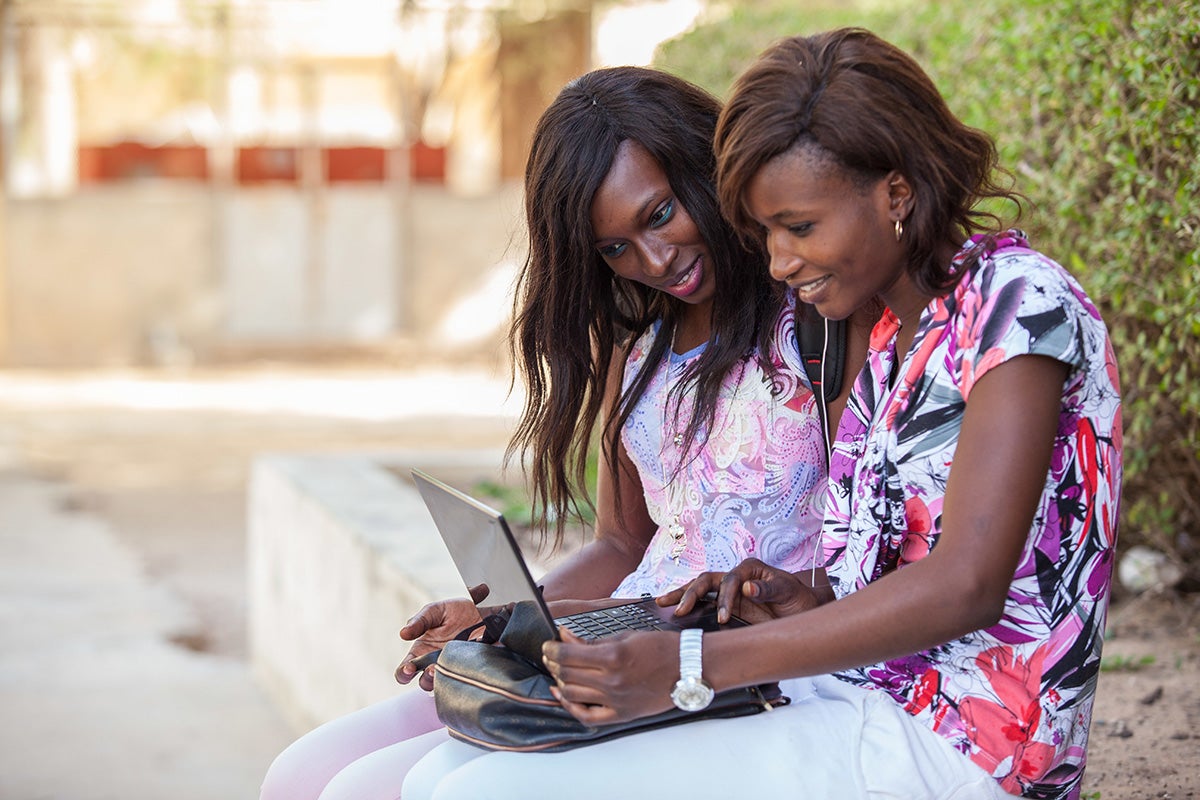3 Principles for Funders of Youth Financial Inclusion
One of the greatest challenges facing Africa today is the lack of jobs for young people. While 10 to 12 million youth enter the workforce each year, only 3.1 million formal jobs are created on average, leaving large numbers of youth unemployed or underemployed. The International Monetary Fund reports that by 2035, with population growth on the continent, there will be more young people entering Africa’s workforce each year than in the rest of the world combined.
An essential part of any strategy to increase employment for young people is to increase the overall breadth and depth of financial services. Better access to finance, for example, enables enterprises to grow and hire staff, particularly youth. It can also help entrepreneurial youth to create their own jobs. For young people, however, greater financial inclusion is not easy. There are many challenges, including the current cost, distance and reliability of financial services, as well as formal rules and regulations or cultural imperatives that hinder a young person’s access to finance. So how can donors best promote financial inclusion in a way that leads to jobs?

At Mastercard Foundation, we have been working for the past decade to improve the job prospects of Africa’s youth. A key part of our Young Africa Works strategy is to increase youth’s access to and sustained use of financial services in ways that help them reach their life goals and capitalize on opportunities. Through this strategy we expect to enable at least 30 million young people, especially women, to obtain jobs they see as dignified and fulfilling by 2030, helping their families, communities and countries thrive. The strategy rests on three guiding principles that we believe also apply to other donors.
1. Foster innovation
Funders have an important role to play in supporting innovation that private investors find too risky. As a private foundation, the Mastercard Foundation has the scope to take risks, support new ideas and push the frontiers of existing models. Across Africa, we have piloted savings products for young people through banks, microfinance institutions and informal savings groups. In doing so, we’ve learned about the aspirations, life cycles and financial needs of youth. We’ve also learned what can remove obstacles or stimulate youth to save money, including product nudges, marketing, convenience and proximity.
Much more innovation is needed, however. Asset leasing for youth enterprises and production is largely unexplored but might be more effective than credit offered as cash for working capital. Income-sharing agreements are an innovative mechanism to explore finance for education, linking repayment to income generated upon successful graduation and job placement. Business trends like the digitization of youth enterprises to gather data on inventory and cash flows need to be tested to understand the value of various types of data for financing purposes.
2. Support learning
Funders should also place a high value on learning from young people and adapting their approaches to youth financial inclusion. Learning is much more than commissioning research, evaluations or studies. It is about funders being open to reflecting and evolving in their thinking. At Mastercard Foundation, our research has shown that it is important to recognize young people’s heterogeneity and to segment youth into different groups. In this respect, our Young Africa Works strategy focuses on women, disabled people and migrants — segments that are persistently underserved.
We have also learned that access to finance alone will not help young people transition to productive work and community engagement. Accordingly, we have adapted our youth livelihoods model so that access to finance is part of a holistic package of support. The Youth Forward partnerships in Ghana and Uganda, for example, use an approach that combines market-relevant skills training, mentorship, internships and access to financial services. This helps young people better their lives, transition to sustainable livelihoods and contribute to social and economic change. Youth Forward demonstrates how working with partners from several sectors can lead to greater impact while influencing policy makers and others to adopt successful youth employment and entrepreneurship models.
3. Catalyze change
A third role for funders is to understand how global trends and shifts in markets are changing the way young people access financial services. We need to equip young people to take advantage of these opportunities, influence decision-makers to create an enabling future and ask tough questions about consumer protection, responsible practices and financial inclusion that are raised by these trends.
For example, understanding how young people use social media for their business needs opens possibilities for more efficient upskilling, business growth and e-commerce. When digital financial services bundle support for agricultural inputs, market information, technical assistance and links to buyers and finance, a new world opens up for smallholder farmers and the entire agribusiness value chain. Lucy Kioko of AgriFin Accelerate has outlined how the four personas of Kenyan youth engaged in agriculture use technology differently.
These possibilities require donors to think differently about youth access to finance. We need to begin where young people are, leverage their current ways of working and networking and create appropriate financial solutions to address the challenges they face in a digital world.
The young people of Africa will assuredly determine their future. They are leading the way. With the right planning and policies, they will transform a vibrant continent into a powerhouse for global prosperity. The opportunities are already there, but we must do more to make the dream a reality.
Ruth Dueck-Mbeba is a senior program manager at Mastercard Foundation. This post is part of CGAP's "Financial Services in Youth Education and Employment" blog series. The series explores the challenge of youth financial inclusion from a variety of angles, including the ways young people are using digital financial services, strategies that financial services providers are using to reach more young customers, and the changing role of funders in this space.




Add new comment